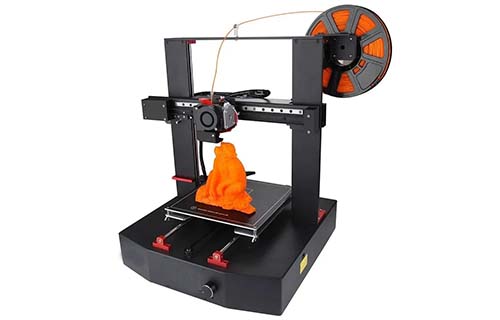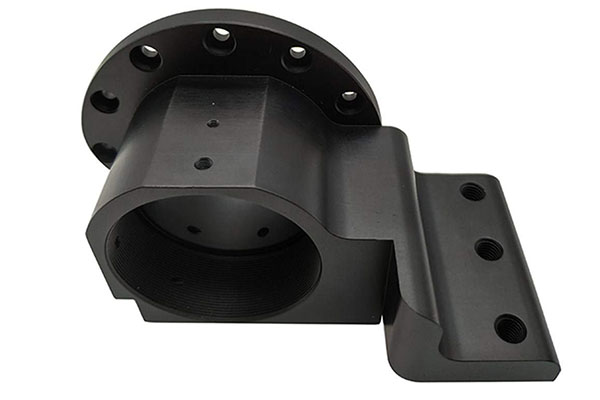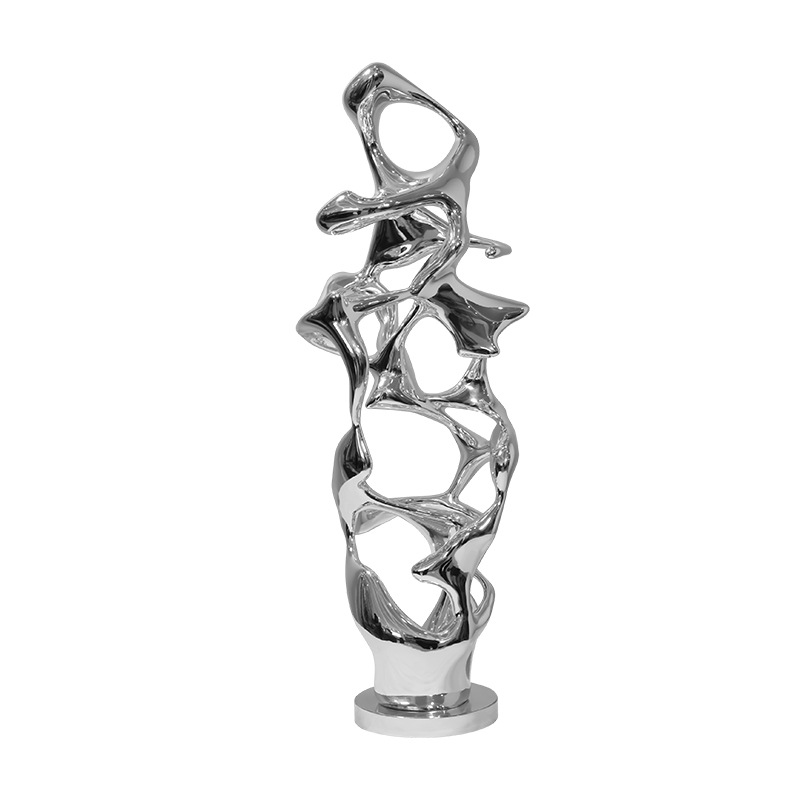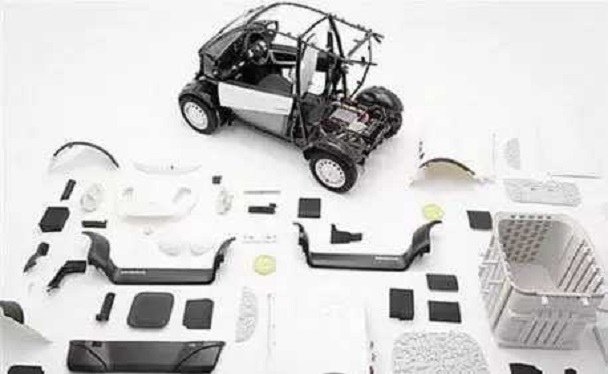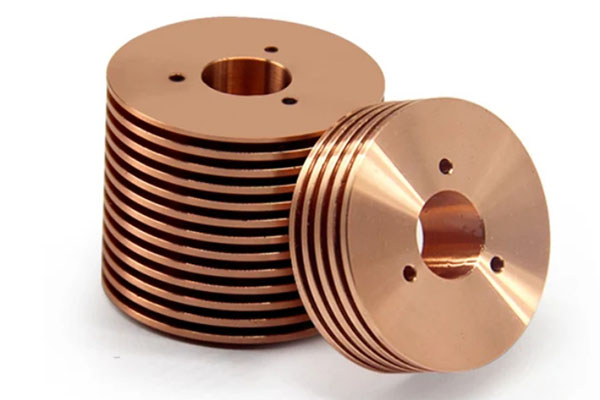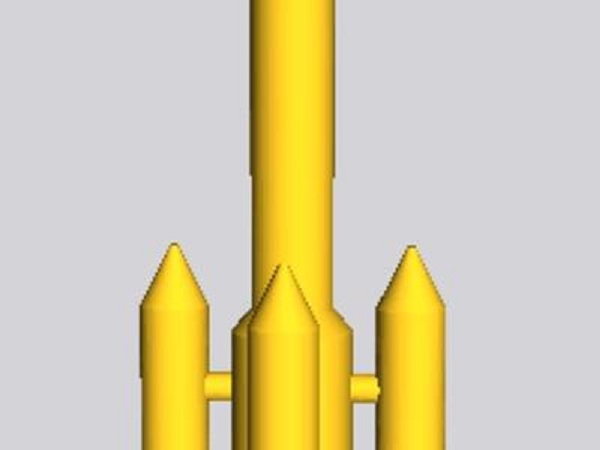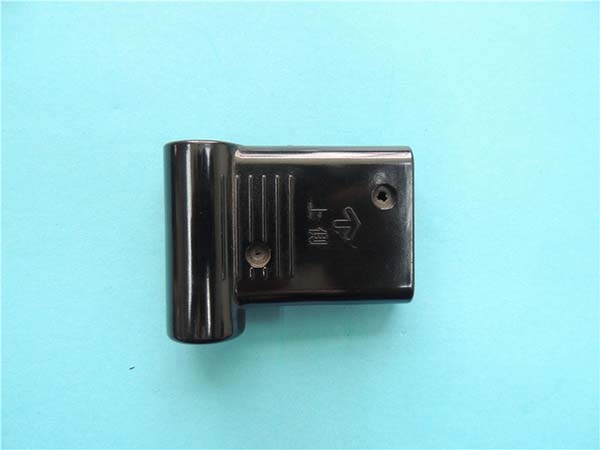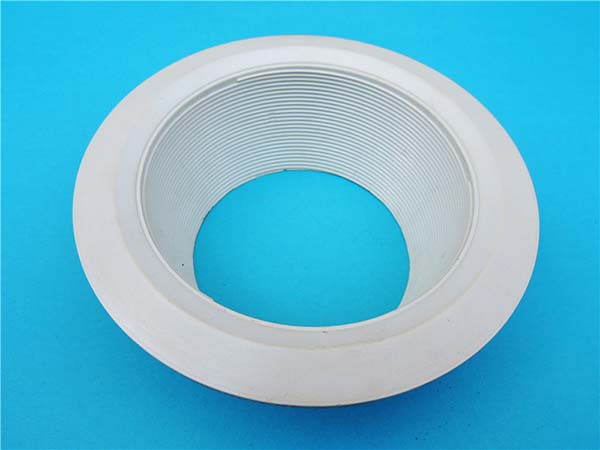You’ve heard PLA is the “easy” 3D printing material—beginner-friendly, low-warp, and eco-friendly. But maybe your experience tells a different story: prints that snap under slight pressure, layers that separate when handled, or parts that warp unexpectedly in warm rooms. Perhaps you’ve struggled with post-processing, like sanding that leaves a fuzzy surface, or wondered if your “biodegradable” PLA part will actually break down in your backyard compost. These issues make PLA feel less like a dream material and more like a puzzle with missing pieces.
The reality is, PLA’s simplicity hides nuances that trip up even experienced users. Its unique material properties, finicky printing parameters, and specific sustainability requirements demand careful attention. In this guide, we’ll demystify 3D printing PLA, helping you avoid common pitfalls and leverage its strengths—from its eco credentials to its ease of use.
Material Properties & Performance: Understanding PLA’s Nature
PLA is a bioplastic derived from renewable resources like corn starch or sugarcane, but its performance goes far beyond its green reputation. Let’s break down its key material properties:
- Mechanical balance: PLA boasts a tensile strength of 30-60 MPa—impressive for a bioplastic—but its Achilles’ heel is stiffness vs. toughness. With a Young’s modulus (stiffness) of 2.7-4 GPa, it’s rigid, making it great for structural parts like brackets or enclosures. However, it lacks toughness; unlike ABS, it’s brittle and prone to shattering under impact. This makes it poor for parts that need to bend or absorb shocks, like hinges or tool handles.
- Thermal behavior: PLA’s glass-transition temperature (the point where it softens) is 60-65°C—far lower than ABS’s 105°C. This means PLA parts warp or deform in hot cars, near radiators, or even under prolonged sunlight. It melts at 150-160°C, which simplifies printing but limits high-heat applications.
- Density and sensitivity: At 1.24-1.27 g/cm³, PLA is slightly denser than ABS, but still lightweight enough for most projects. One key consideration: PLA moisture sensitivity is low compared to materials like nylon, but prolonged exposure to humidity (over 60%) can cause stringing or popping during printing as moisture evaporates. Drying at 40-50°C for 4-6 hours fixes this.
- Biodegradability reality: PLA is technically biodegradable, but it requires industrial composting conditions (55-70°C with controlled humidity and microbes) to break down in 3-6 months. In home composts or landfills, it may take years—if it degrades at all. This distinction is critical for users prioritizing true sustainability.
Printing Parameters & Settings: Optimizing PLA Prints
PLA is forgiving, but the right printing parameters turn “good” prints into “great” ones. Here’s how to dial in your settings:
Temperature: Less Is Often More
- PLA nozzle temperature: 190-210°C. Lower temps (180-190°C) reduce stringing and improve detail, while higher temps (210-220°C) enhance layer adhesion—useful for parts needing strength. Avoid exceeding 230°C, as PLA degrades, releasing fumes and weakening the part.
- PLA bed temperature: Optional but recommended. 40-60°C helps with first-layer adhesion, especially for large parts. For small prints, a room-temperature bed (20-25°C) works fine. Unlike ABS, PLA rarely warps, so a heated bed isn’t mandatory—just a helpful tool.
Speed, Cooling, and Retraction: Fine-Tuning for Quality
- PLA print speed: 50-80 mm/s for general printing. It’s faster than ABS because it cools quickly. Speeds above 100 mm/s may reduce precision, while slower speeds (30-50 mm/s) improve layer bonding for stronger parts.
- PLA cooling fan settings: Critical! PLA solidifies rapidly, so a cooling fan running at 100% from the first layer prevents overheating and stringing. This is why PLA works well with small nozzles (0.4mm) and fine details—fast cooling locks in shapes before they deform.
- PLA retraction distance: 2-4 mm at 25-40 mm/s. PLA’s low viscosity makes it prone to stringing, so retraction (pulling filament back when moving between layers) is essential. Too much retraction (over 5 mm) can cause under-extrusion.
- Layer adhesion tips: While PLA bonds well, weak layers happen if temps are too low or cooling is too aggressive. For strong parts, print at 200-210°C, reduce fan speed to 70-80% for the first 3 layers, and use a layer thickness of 0.2-0.3 mm (thinner layers bond better than thick ones).
Post-Processing & Finishing: Polishing PLA Prints
PLA’s smooth surface and ease of processing make it ideal for post-finishing—if you use the right techniques:
- PLA sanding techniques: Start with 120-200 grit sandpaper to remove layer lines, then move to 400-600 grit for a smooth finish. Wet-sanding is better than dry, as it reduces dust and clogs. PLA’s softness means it sands quickly, but be gentle—excessive pressure can melt or deform the surface (remember its low glass-transition temperature).
- Limitations of smoothing: Unlike ABS, PLA vapor smoothing is tricky. Acetone doesn’t dissolve PLA, and using harsh solvents like dichloromethane can cause uneven melting. A better alternative: apply a thin coat of PLA-specific filler primer, sand lightly, and repeat for a flawless base.
- Painting and annealing: PLA primer adhesion is excellent with acrylic or enamel primers—just ensure the surface is clean (no oil from fingers). PLA painting compatibility is broad; most paints work, but avoid oil-based paints that may soften the plastic. For added strength, PLA annealing process (heating to 50-60°C for 1-2 hours, then cooling slowly) reduces internal stress, making parts slightly more impact-resistant.
- Support removal: PLA supports are easier to remove than ABS, but use care. Water-soluble supports (PVA) are ideal for complex geometries, dissolving in warm water in 1-2 hours. For breakaway supports, gently twist or cut them—PLA’s brittleness means supports often snap cleanly, but sharp tools can scratch the surface.
Sustainability & Environmental Impact: The Truth About PLA’s Green Credentials
PLA’s sustainability is its biggest selling point, but misconceptions abound. Let’s separate fact from fiction:
- Composting realities: PLA requires industrial vs. home composting conditions. Industrial facilities (found in some cities) reach 55-70°C, breaking down PLA in 3-6 months. Home composts rarely hit these temps, so PLA parts may take years to degrade—if at all. To test, check if your local waste management accepts PLA in industrial compost bins.
- Recycling challenges: PLA recycling methods are limited. Unlike PET or HDPE, PLA isn’t accepted in most curbside recycling because it contaminates traditional plastic streams. Some specialty facilities recycle PLA into new filament, but this is niche. For home users, reusing failed prints as filament (via pelletizing) is possible but requires specialized equipment.
- Carbon footprint benefits: PLA’s renewable feedstock (corn, sugarcane) gives it a lower carbon footprint than petroleum-based plastics. Studies show PLA production emits 68-70% less CO₂ than ABS, making it a greener choice for low-heat, short-lifespan parts.
- Micro-plastic concerns: When PLA degrades incompletely (e.g., in home composts), it can break into microplastics. However, research suggests these bioplastic microplastics are less harmful than petroleum-based ones, as they’re more likely to be consumed by microbes over time.
Yigu Technology’s Take: Harnessing PLA’s Potential
At Yigu Technology, we see PLA as a versatile tool for eco-conscious projects. We leverage its strengths—easy printing, sharp detail, and low warpage—for prototypes, consumer products, and educational tools. We also guide clients on its limitations: avoiding high-heat uses, choosing industrial composting for end-of-life, and reinforcing parts where toughness is key. Whether you need intricate models or sustainable packaging prototypes, we optimize PLA’s printing parameters and post-processing to deliver parts that perform—without greenwashing their environmental impact.
Frequently Asked Questions (FAQ)
- Why does my PLA print snap easily?
PLA’s inherent brittleness is the culprit. Improve toughness by annealing (heating to 50-60°C), using a higher infill (80-100%), or blending PLA with additives like rubber (look for “tough PLA” filaments).
- Can I use PLA for outdoor parts?
Avoid prolonged outdoor use. UV light weakens PLA over time, and temperatures above 60°C (common in direct sunlight) cause warping. For outdoor use, coat with a UV-resistant clear spray and avoid high-heat areas.
- How do I ensure my PLA part biodegrades?
Send it to an industrial composting facility—check with local waste management for drop-off points. Home composts rarely get hot enough, but breaking the part into small pieces and mixing with nitrogen-rich materials (like grass clippings) can speed up partial degradation.
